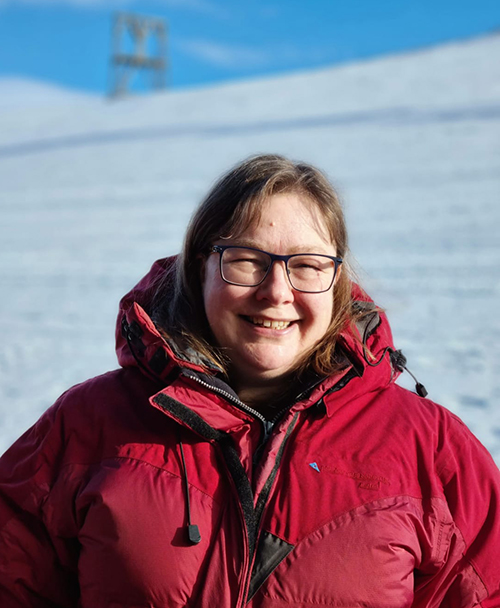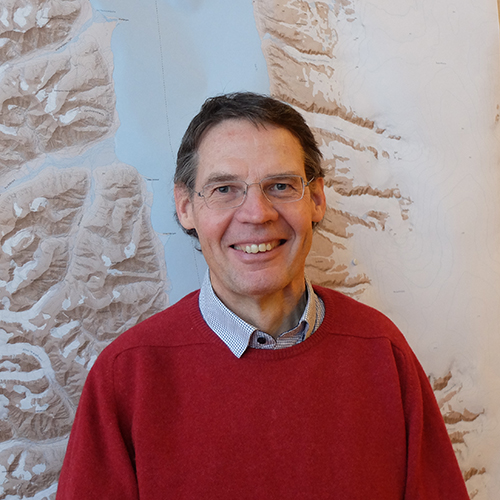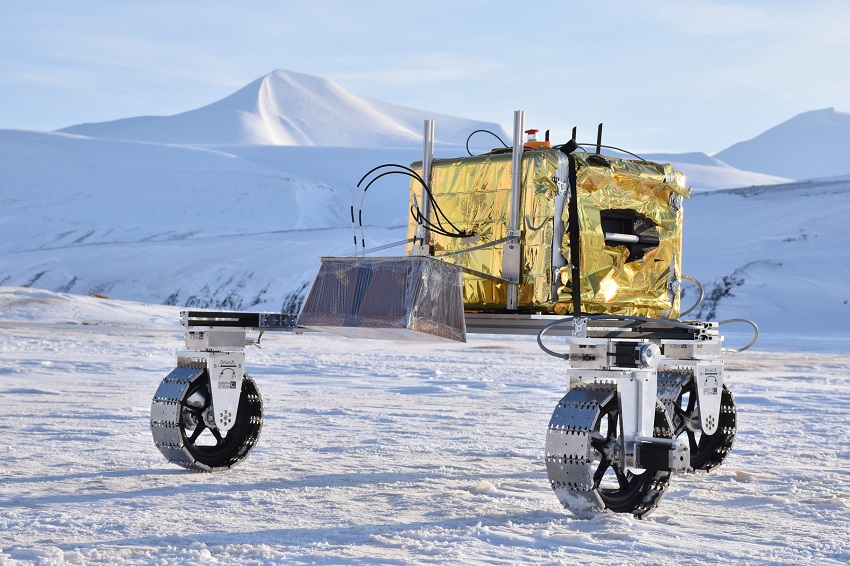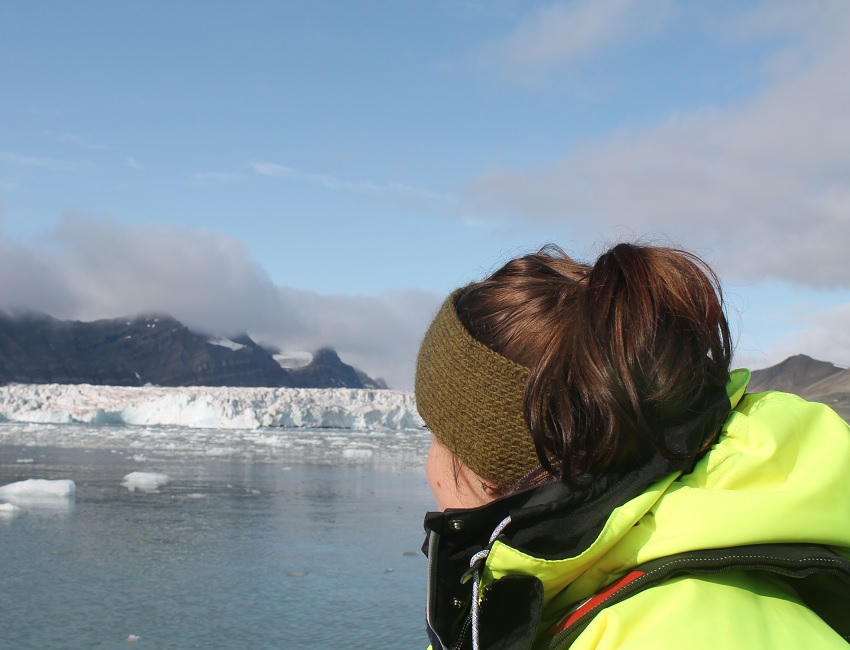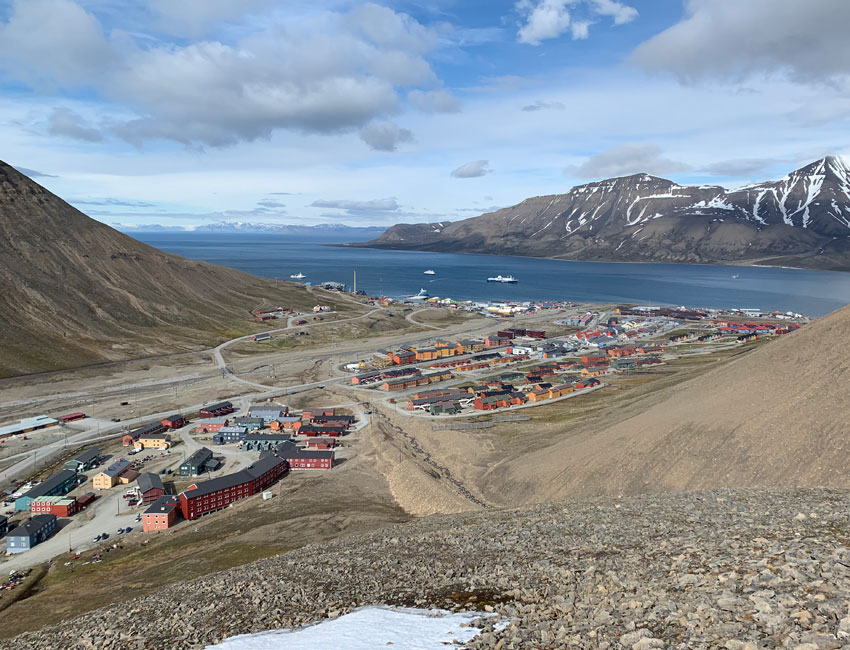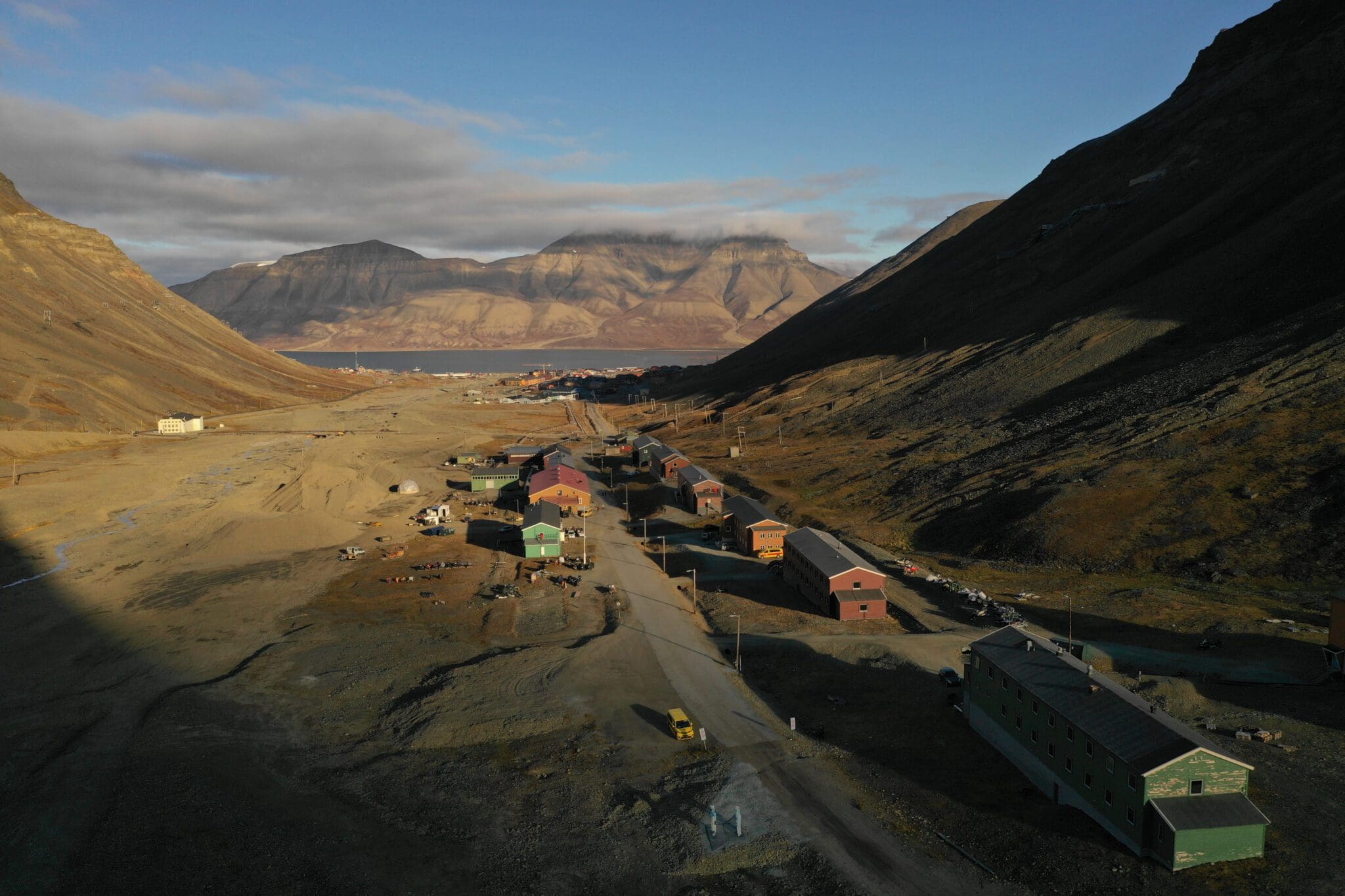Arctic Technology Research
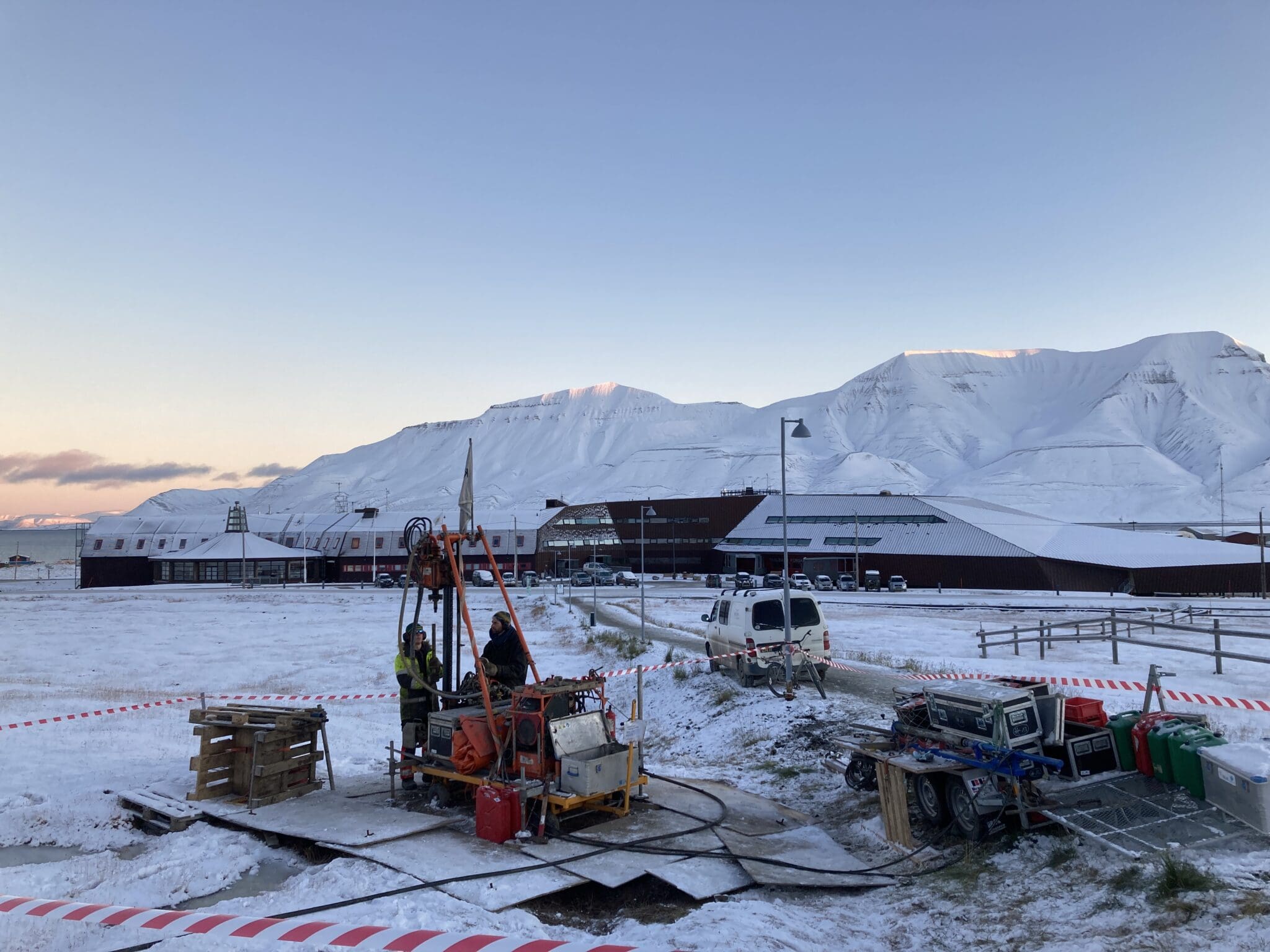
High Arctic technological challenges and solutions
The Arctic Technology (AT) department conducts research and education in Arctic environmental technology and provides 16 courses at bachelor, master and PhD levels. The department focuses on five main societal challenges with an emphasis on High Arctic systems: soil physics and geotechnical engineering, sea ice properties and structure interaction, sustainable Arctic energy, contaminants, and their effects on the ecosystem as well as risks related to avalanches and land/rockslides.
Related
The technological research
The Arctic Technology Department conducted research ranging from, soil physics and geotechnical engineering, sea ice properties and structure interaction, sustainable Arctic energy, contaminants, and their effects on the ecosystem as well as risks related to avalanches and land/rockslides (see Arctic Safety Centre for more details).
Soil physics and geotechnical engineering
Due to permafrost conditions in the Arctic, it is challenging to establish stable foundations for infrastructure. The department has several test sites and is monitoring existing buildings in Longyearbyen. Field sites have been established to better understand soil creep behaviour in the warming permafrost soil. These studies contribute significantly to the improved knowledge of the strength and thermal properties of the Longyearbyen underground.
Warming of permafrost will require the adaptation in foundation design to fulfill the main loading criteria: enough resistance and acceptable settlement rate. When it is not feasible to naturally maintain the existing ground thermal regime, artificial ground freezing has to be introduced, or the design must be adapted to one that accepts temperature changes in the permafrost, for example, end-bearing piles.
Contact person:
Ice mechanics and offshore engineering
The group working with ice mechanics and offshore engineering performs field, laboratory and theoretical investigations of thermo-mechanical properties of ice and wave and ice actions on offshore and coastal structures. Fieldwork is focused on in-situ tests on ice strength performed on land fast ice, drift ice and ice ridges, monitoring of ice and icebergs drift. Hydro-thermodynamic processes and turbulence in ice adjacent sea water layers and near fronts of outflow glaciers are studied.
Monitoring of ice actions on fixed and floating quays is performed in the fjords Isfjorden and Van Mijenfjorden. Laboratory works are focused on mechanical testing of ice samples and investigation of thermo-mechanical processes in saline and fresh ice. In-situ tests are performed with original equipment designed in the Arctic Technology department in close cooperation with NTNU. Laboratory investigations are performed in the cold laboratory of UNIS. Theoretical investigations and numerical simulations are focused on the modelling of ice and icebergs drift, iceberg towing, ice actions on floating and fixed structures, and thermo-mechanical processes in saline ice as well as wave propagation in ice covered waters.
Contact person
Sustainable Arctic energy
One of the key focus areas at UNIS is to contribute to the energy transition in Longyearbyen. The coal based powerplant will close down in the near future and reliable sources of sustainable energy have to be developed. The main focus is on wind and solar energy in addition to geothermal energy in collaboration with the department of geology. The major challenge is that renewable energy systems must be tested under Arctic cold climate conditions before applying them commercially.
To determine the feasibility of wind and solar power around Longyearbyen, and to better understand what controls the energy potential, monitoring equipment has been installed on several sites around Longyearbyen to collect necessary meteorological data. Radiation measurements around Longyearbyen, are used to investigate solar power production from regular and bi-facial panels. The effects of environmental loads from wind, snow drift and accumulation are in focus.
Contact person
Environmental chemistry and toxicology
Fate and transport of contaminants under changing Arctic conditions is a main focus area contributing to a better understanding of environmental risk related to long-range and local sources of pollution. Research activities in the region of Longyearbyen, Ny-Ålesund and Barentsburg have been on-going including monitoring the atmospheric, aquatic and terrestrial environment.
Significant local air pollution in the Arctic is studied, including an evaluation of polycyclic aromatic hydrocarbons (PAHs) emissions from coal burning at the power plant. Exposure levels of per- and polyfluorinated substances (PFAS) on biota, are studied in the marine environment in Adventfjorden. The terrestrial environment is the focus of a study focussing on the fate and transport of mercury in the Arctic environment. Mercury release from permafrost, and chemical processes of mercury in Arctic soil can results in uptake in terrestrial biota, ranging from micro-organisms to vegetation and the dominating Svalbard herbivore reindeer.


